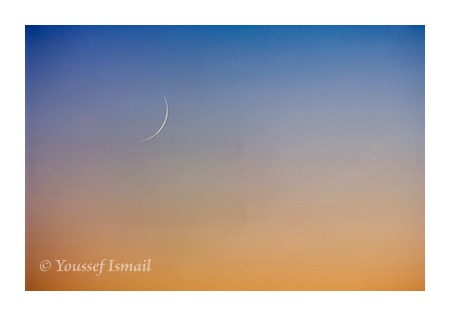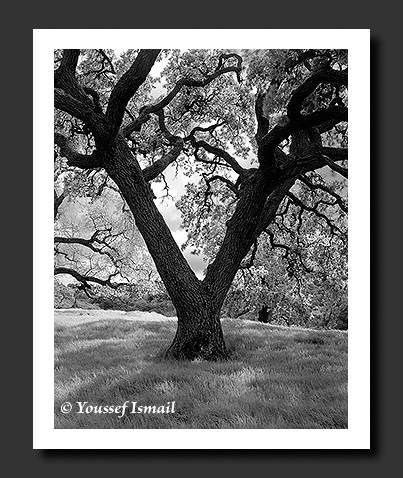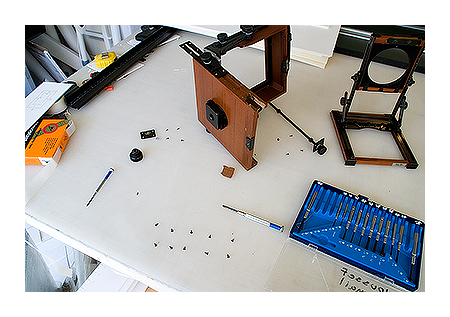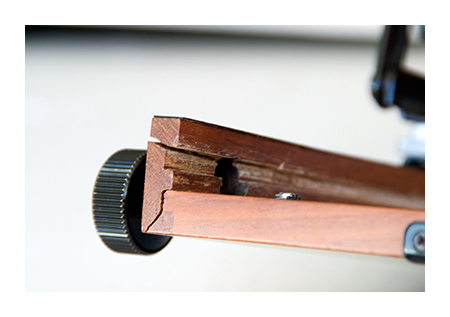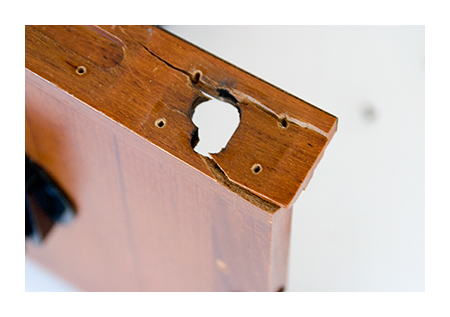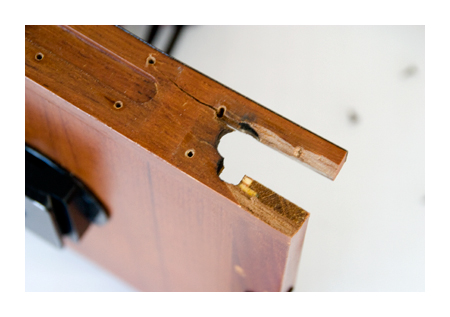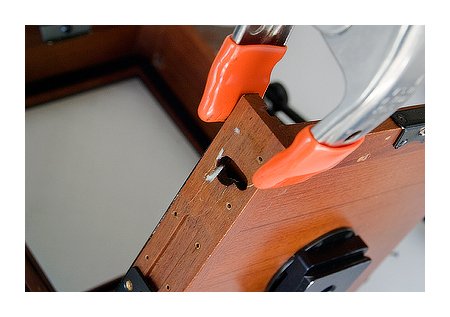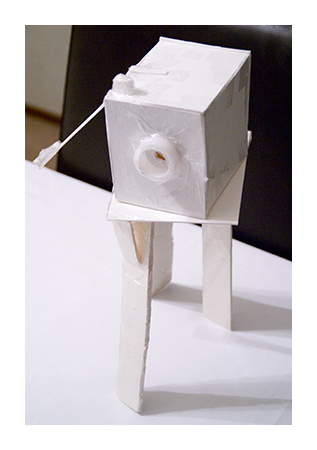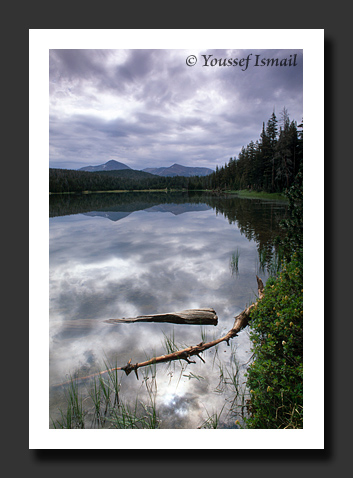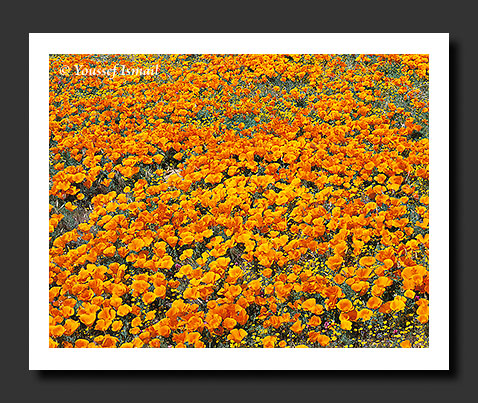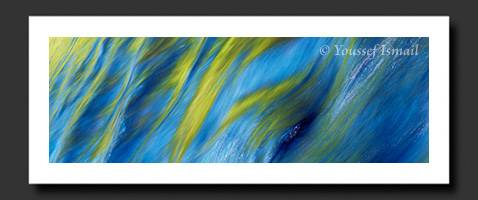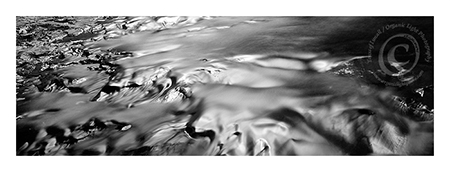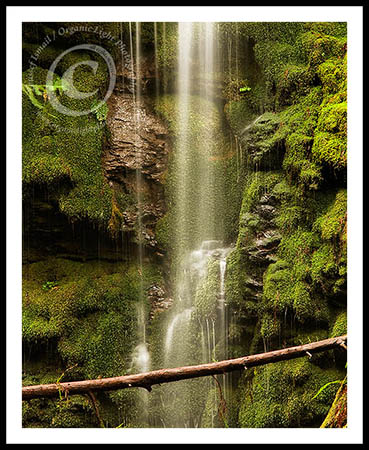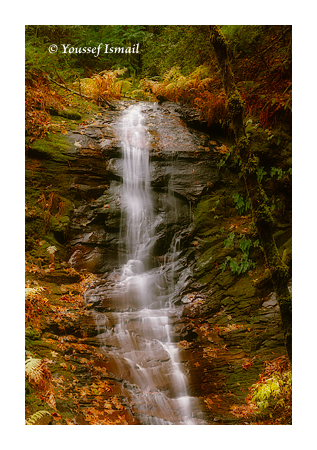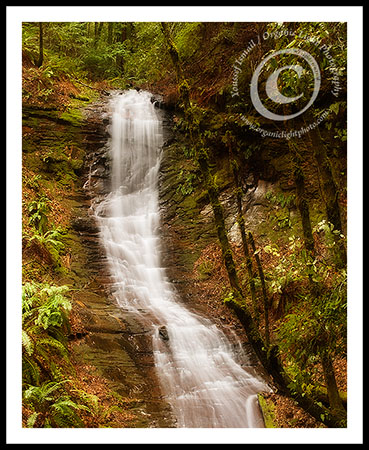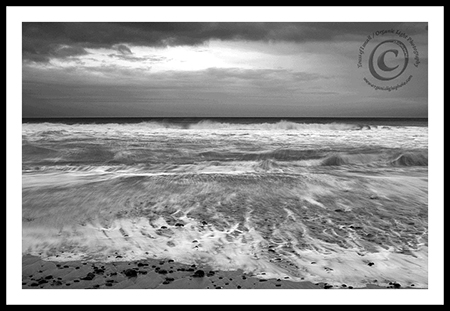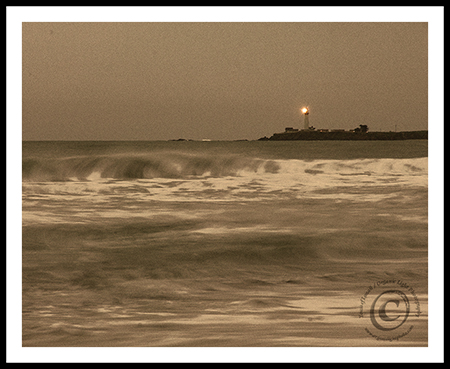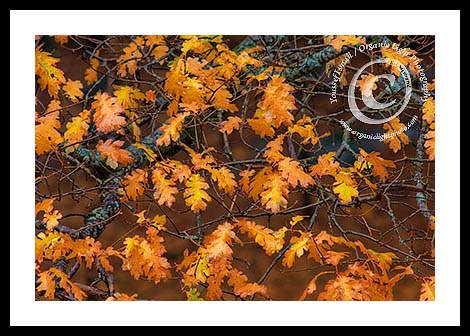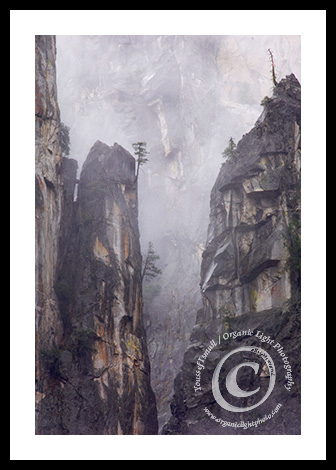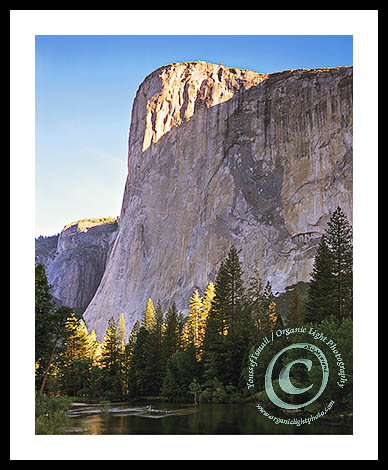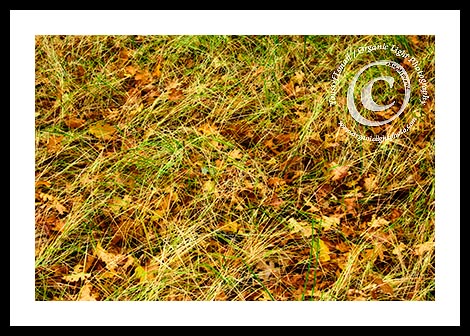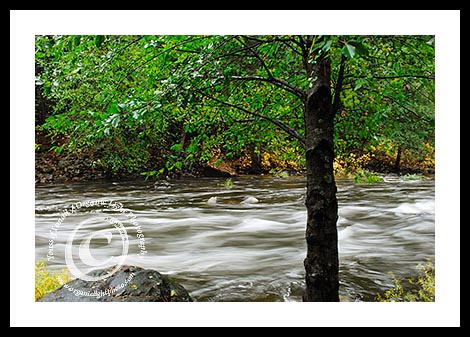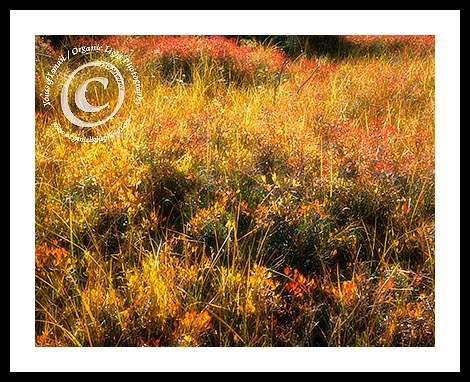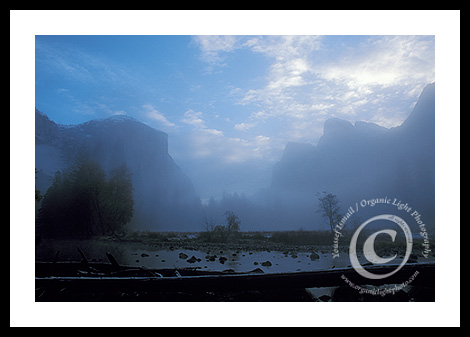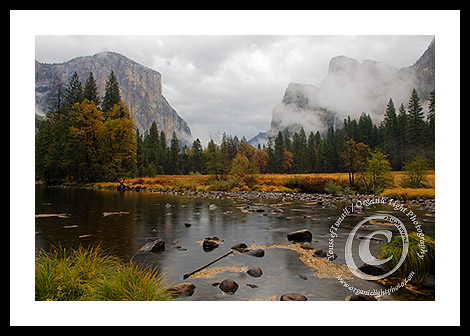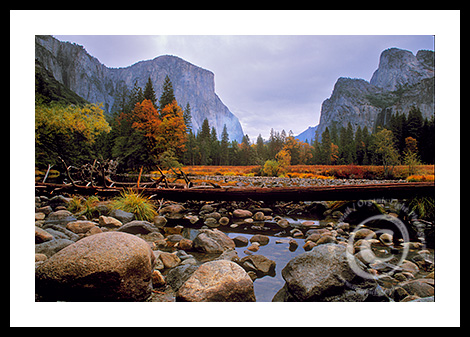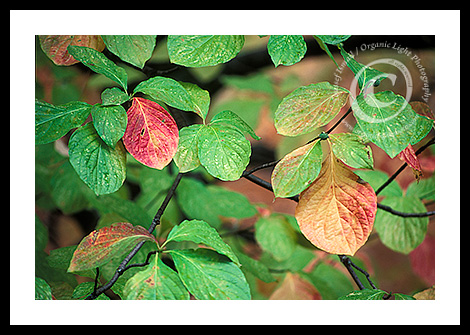The Last Blessing
The other day my son and I were attending a lecture. The topic was on the blessings we have in our life that we don’t normally think about. In the last year I have had many reminders of the blessings we don’t think about on a regular basis and it’s only when we lose a blessing that we realize what we actually had. So in this lecture, the presenter asked everyone to think of a blessing that we have that we normally do not think about. Someone mentioned trees. Now don’t get me started on trees, (as Trees are the Answer). The presenter then started to enumerate all of the blessings that we get from trees, with the help of the audience giving additional suggestions; They give us oxygen, they consume carbon dioxide, they provide shade, they provide food and the list went on.
Later that day, I decided that it was time to fire up the grill and have a good ‘ol summer barbecue with the family. Especially after spending a good portion of our summer so far cooped up in the house under quarantine so as not to infect the world with whooping cough. So as I normally do, I made the call to the kindling brigade, my kids, who sprang into action gathering up twigs, sticks, pine needles and the like to help get the fire started. Only this time the task seemed to have been completed much quicker than normal.
I went outside to find next to the barbecue a large pile of fine twigged branches. On asking where they found these and my oldest son said from the dead birch tree. He had taken a large stick and trashed some of the lower branches of one of the White Birch trees in our backyard. I showed my displeasure with that and reminded him of the lecture that we had just attended. He looked at me and said, “Well, this tree is dead, it has already given us all the blessings it can from its oxygen and shade, and so this is its last blessing, its wood, which will help nourish us by cooking our food on the flames it will produce.” His statement floored me.
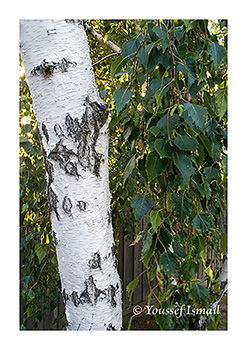 We used to have three of these beautiful trees in our yard. Two winters ago, during a very strong storm, one was toppled over, leaving its two companions to live on. Then some time last year the second tree lost its leaves and never grew new ones. It still stands although just as a skeleton of its former self.
We used to have three of these beautiful trees in our yard. Two winters ago, during a very strong storm, one was toppled over, leaving its two companions to live on. Then some time last year the second tree lost its leaves and never grew new ones. It still stands although just as a skeleton of its former self.
Upon hearing my son’s comment, I really started to ponder about the benefits we get from these delicate and lovely trees. So I pulled out the camera, as I have done numerous times before trying to capture the essence of these stark white trunks against the dark green leaves in summer or vibrant yellows in autumn and started to photograph them again. Only this time there was a deep connection with them. They were more than just trees. They were companions, helpers in my journey to my own end.
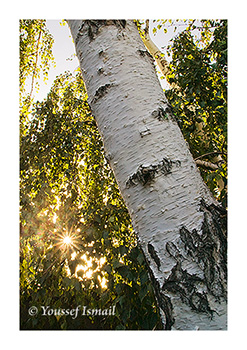
What started out as an intention for a couple of snapshots turned into something much more profound for me. I moved from photographing the detail of the leaves and trunk to how these trees bask in the sun, taking in the glorious light and making their own food from it. What brought this lovely tree to its demise will be a mystery forever I suppose and the question that begets me is will the last standing tree suffer the same fate as its sisters?
Standing as a mere skeleton now, the dead birch has but a few branches left, luckily out of the reach of my over ambitious son in search of kindling. But nonetheless, its branches and twigs are much appreciated as they did most certainly kindle the fire that cooked our meal that evening. As I snapped the dried branches and piled them into the barbecue, I never once realized the blessing we have in the left over wood from dead trees. It just never seemed to register. We don’t see that wood as a tree anymore, but it was a tree.
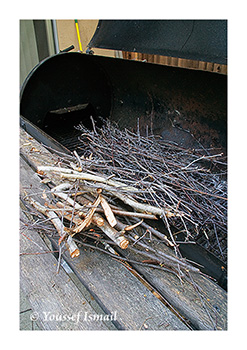 Simple twigs and sticks, not much at all to look at or to even ponder about, but it is from those simple little things that great results emerge. A small spark, a flame, and the next thing you know you have a roaring blaze that brings warmth and the energy to cook our own food. For tens of years, that tree stood absorbing the energy from the sun, making its own sugar as food through photosynthesis allowing itself to grow. Each year adding more girth to its trunk and branches, producing shade giving leaves and then shedding them to the ground where they became the mulch and soil that the tree itself needed to remain firm and steadfast in the ground. A cycle that continued until The Sustainer decided that it was time for this tree to stop, and the cycle was broken. However the benefits continue. For now, locked in its wood, the accumulated years of energy lies dormant waiting for that small spark to ignite the wood and release it for one more final blessing.
Simple twigs and sticks, not much at all to look at or to even ponder about, but it is from those simple little things that great results emerge. A small spark, a flame, and the next thing you know you have a roaring blaze that brings warmth and the energy to cook our own food. For tens of years, that tree stood absorbing the energy from the sun, making its own sugar as food through photosynthesis allowing itself to grow. Each year adding more girth to its trunk and branches, producing shade giving leaves and then shedding them to the ground where they became the mulch and soil that the tree itself needed to remain firm and steadfast in the ground. A cycle that continued until The Sustainer decided that it was time for this tree to stop, and the cycle was broken. However the benefits continue. For now, locked in its wood, the accumulated years of energy lies dormant waiting for that small spark to ignite the wood and release it for one more final blessing.
The coals that evening were particularly mild. Hot enough to cook on, but with no scorching and very few flares that tend to char the food. 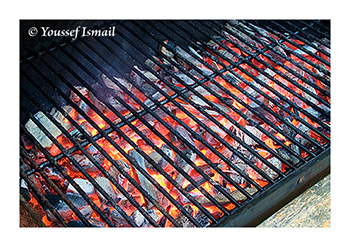 The coals themselves originating from hardwood trees themselves also finally gave their last blessing as well. The entire evening was riddled with final blessings right and left. For not only did these trees give us what they could in cooking our food, so too did the chickens whose meat we were about to cook, and the grains of Bulghur wheat, tomatoes and onions that were stewing on the stove, all giving us their last blessing as well.
The coals themselves originating from hardwood trees themselves also finally gave their last blessing as well. The entire evening was riddled with final blessings right and left. For not only did these trees give us what they could in cooking our food, so too did the chickens whose meat we were about to cook, and the grains of Bulghur wheat, tomatoes and onions that were stewing on the stove, all giving us their last blessing as well.
I think we fail to realize that we are the end users of everything on this planet, from the air we breath, to the water we drink to the food we consume, to all the other natural resources that we use for our survival, comfort and gain. How should we feel as the benefactors of all these blessings? Do we feel gratitude? Do we feel a sense of shame in front of The Bestower who gives us these blessings and we do nothing in return, not even giving thanks? Do we feel any responsibility at all in returning the good we have received by doing good to others and to our world? I shudder when I think of all the blessings I have in my life, for my benefit, for my comfort and gain, and I go heedless in life not realizing that all I do is take and give nothing in return.
The meal that night was fantastic. We all ate to our fill and to our satisfaction, and in some part wishing that we still had more for later. The benefit from that meal has already passed through our bodies, but what we learned from it, what we can give back because of it can go on for a very long time. I am going to be more cognizant of the blessings I have and will make more of an effort to give back to the world at least some portion of the good that I have taken from it. I invite all of you to do the same, so that in times to come, others might say of us what we can say now of the blessings we have.
Peace.
